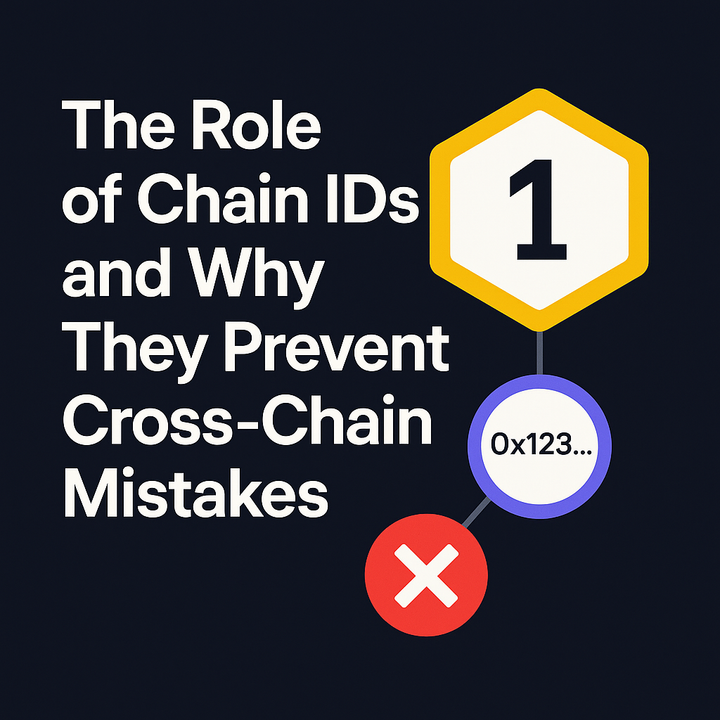White House Crypto Report a Mixed Bag for Bitcoin Advocates

The latest U.S. crypto report left out anticipated updates on a Bitcoin reserve policy—disappointing BTC maxis while offering subtle regulatory clarity in other areas
Introduction
Bitcoiners held their breath as the White House released its latest crypto policy report—hoping for clarity, progress, or even a bullish update on the much-discussed March 6 executive order that floated a potential U.S. Bitcoin reserve strategy.
But that update never came.
Instead, the report delivered a patchwork of cautious optimism, regulatory nudges, and vague commitments to “responsible innovation.” It’s progress—but not the kind Bitcoin advocates were hoping for.
For some, it’s a missed opportunity to cement Bitcoin’s role in U.S. strategic reserves. For others, it signals an ongoing tug-of-war between innovation and federal control.
What Bitcoiners Wanted vs. What They Got
The March 6 executive order had sparked major excitement in crypto circles. It hinted—without confirming—that the U.S. government was exploring ways to treat Bitcoin as a strategic reserve asset, potentially mirroring gold’s historical role.
So this new report, expected to expand on that direction, had a simple job: say something—anything—about the reserve thesis.
Instead, the report:
- Provided no new details on Bitcoin reserve considerations
- Reaffirmed concerns about “illicit finance” and “energy usage”
- Focused more broadly on blockchain use cases, stablecoin frameworks, and AI-integrated digital finance
That silence on reserves? For many in the BTC camp, it was deafening.
Regulatory Tone: Cautious but Slightly Warmer
While Bitcoin itself was mostly left out, the broader report wasn’t entirely negative.
The tone toward crypto has softened compared to earlier, more aggressive messaging. Key takeaways include:
- Continued support for tokenized assets in regulated environments
- A clearer stance on the need for interagency coordination
- Mention of blockchain-powered public goods, like supply chain tracking and digital identity
- Some openness to international collaboration around digital asset policy
Still, Bitcoin-specific concerns—especially energy consumption and volatility—remained a subtext, if not a headline.
Why Bitcoin Was Left Out—A Strategic Choice?
Some analysts argue the omission was tactical. A formal endorsement of BTC as a reserve asset would be a massive geopolitical signal—potentially affecting:
- U.S. monetary policy positioning
- Global central bank relationships
- The role of the dollar in a multi-polar financial system
By staying vague, the administration may be:
- Buying time to coordinate with allies
- Avoiding a political fight with anti-crypto factions in Congress
- Waiting for further clarity on energy-efficient mining innovations or custody protocols
In short, silence may not mean “no”—but it definitely doesn’t mean “yes” either.
What This Means for Bitcoin Markets
Markets didn’t panic—but the lack of news capped momentum.
Bitcoin is still riding high after the GENIUS Act, ETF inflows, and major corporate adoption. But a formal U.S. reserve strategy would’ve added serious long-term tailwind to its narrative.
Instead, BTC traders are left with:
- A reminder that federal recognition remains in limbo
- A possible delay in nation-state accumulation narratives
- Continued skepticism from parts of the policy establishment
In the absence of a headline, macro, ETF flows, and halving cycle dynamics remain the primary price drivers for now.
Policy Watch: What Comes Next
Despite the disappointment, this report is just one chapter. The Clarity Act, Anti-CBDC Bill, and ongoing discussions around the Digital Commodities Consumer Protection Act (DCCPA) are still live.
Watch for:
- A fall legislative session that could reignite crypto clarity discussions
- Potential Treasury reports on cross-border stablecoins and CBDCs
- Continued White House engagement via OSTP and DOE on mining emissions and grid impact
The bigger picture: we’re entering a slow-drip policy phase, where frameworks evolve in pieces—not in sweeping declarations.
Final Thoughts: Not the News Bitcoiners Wanted, But Not a Setback Either
The White House’s latest crypto report was a mixed signal—acknowledging crypto’s role in financial innovation, but dodging the big question on Bitcoin’s strategic future.
It wasn’t a step backward—but it wasn’t the leap forward many hoped for.
Still, in a year where $10B+ in crypto venture funding, Bitcoin ETF flows, and nation-state pilots dominate headlines, one thing’s clear: Bitcoin doesn’t need federal blessing to grow.
But when—or if—it gets that blessing, everything changes.
Internal Mitosis Links & Glossary References
- Bitcoin
- Blockchain
- Cryptocurrency
- Mitosis Core: https://university.mitosis.org/mitosis-core
- Governance: https://university.mitosis.org/governance
- Glossary: https://university.mitosis.org/glossary/
- Ecosystem Connections: https://university.mitosis.org/ecosystem-connections



Comments ()